Rosetta Translation provides a full range of Japanese translation services to companies in London and worldwide.
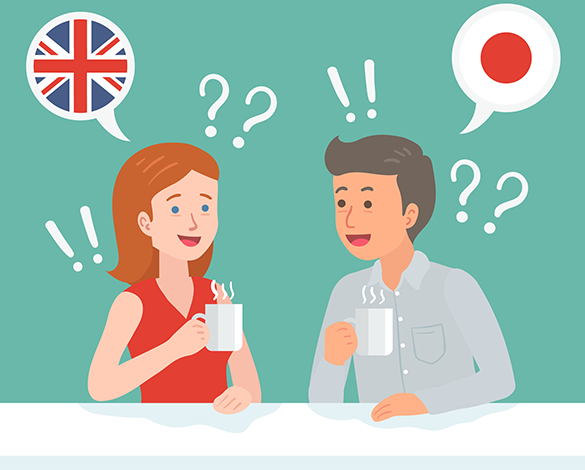
Our company provides certified Japanese translations for all purposes. Our certificates are recognised by all authorities in the UK, the US and globally.
We tailor our certifications to our clients’ precise requirements. We can provide sworn translations for a particular foreign court, notarisations from a given US state or legalisations (also known as Apostille of The Hague).
If you are unsure about your exact requirements, feel free to discuss your circumstances with one of our experienced account managers.
For a free instant quote, please fill in the form on this page, email us at quote@rosettatranslation or contact us at any of our local offices in London, Shanghai, New York, Paris or Luxembourg.
Rosetta Translation is a multi-sector Japanese translation specialist and has particular expertise in the law (including of course the translation of contracts), in financial services, in technical sectors and in various areas of medicine.
We assign every translation to the most appropriate specialised team of highly qualified Japanese translators, proofreaders and editors, thus guaranteeing a consistent and excellent quality of Japanese translation in each of these fields.
Combined with our use of translation technology and our extraordinary flexibility as regards client needs, this results in the professional and reliable Japanese translation service that our regular customers value.
We also provide Japanese interpreting services in London and worldwide.
Our regular clients for Japanese translation services include household names, such as Hitachi, Sony and Sumitomo Mitsui Financial Group.
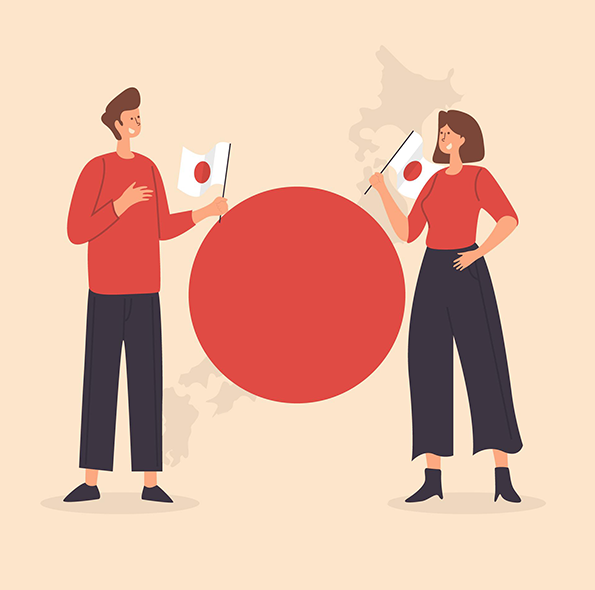
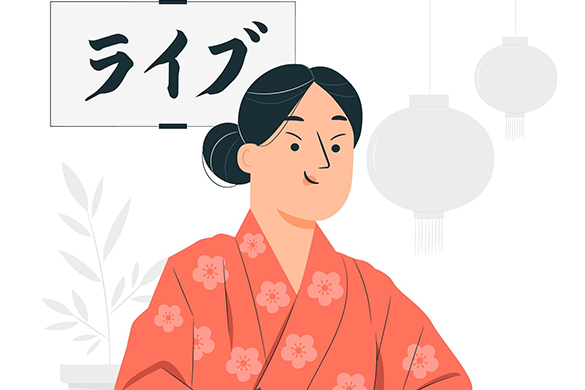
Rosetta has the rare distinction amongst translation companies to have achieved both the prestigious ISO 9001:2015 certification and the DIN EN 15038 norm, the only certification specifically aimed at translation services. Our customers can therefore rest completely assured of the consistently excellent quality of our Japanese translations.
Japanese Translations can be certified, notarised and legalised to meet your exact requirements.
For all of our English-Japanaese translations, we only use experienced, native Japanese translators, all of whom specialise in a number of different areas of translation to give the best possible results for our customers. We then make sure the formatting is correct, which is particularly important for a language such as Japanese, providing a final Japanese translation of excellent quality.
Japanese (日本語) is one of the world’s biggest languages. It is spoken by around 130 million people, mainly in Japan. Due to the strength of Japanese trading, it is an extremely important business language. With Japanese, it is extremely important to use the right register, of which there are three: the plain form futsūgo 普通語), the simple polite form teineigo 丁寧語) and the advanced polite form (keigo 敬語). Rest assured that our translators will translate appropriately.
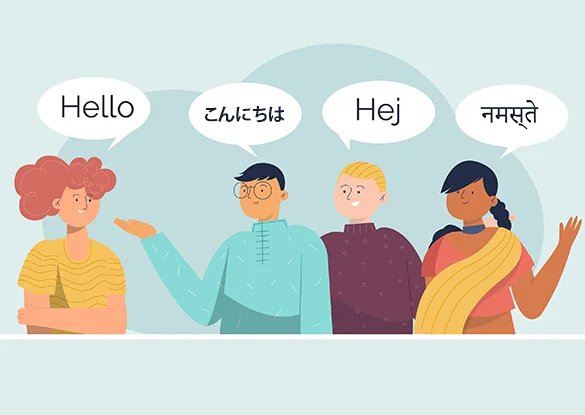
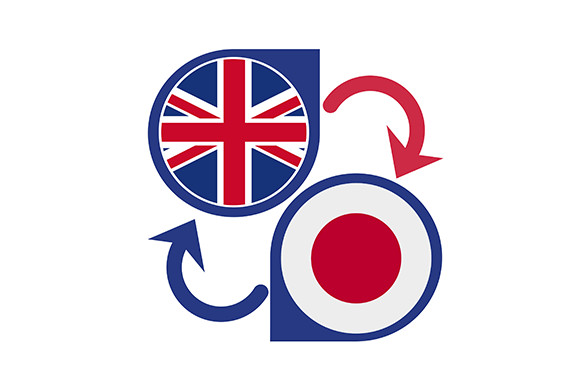
Whether your Japanese-English translation assignment is complex and jargon-heavy or more basic in style, Rosetta Translation always has experienced translators on hand to deliver, with expertise in a number of areas, from technical computer jargon to legal terminology.
As an internationally aware company, we operate as worldwide a service for our English translation as we do for our other languages. This means that we can provide English in any of the many existing dialects, whether you need British English, American English, Australian English, even Jamaican English, we have the know-how and the expertise.
Formal Japanese texts are often written from top to bottom, with multiple columns of text progressing from right to left. Literature, such as novels and poetry, as well as newspapers and non-fiction texts are some examples of documents in Japanese that are written this way. This produces a unique challenge when translating where matching the layout of the source text is an important way of conveying the meaning in the document itself. Our translators are well versed in making layout judgements on translations to ensure that the meaning of your text is portrayed correctly and faithfully, without losing any readability in English.
Surprisingly, although Japanese has loaned Chinese characters in its written language, it does not have any genetics based in the language. This is because Japanese is part of the Japonic family of languages and was only spoken and rarely written in a way we would find recognisable today before the Heian period (794-1185AD). The Chinese language was spoken and written in Japan as a means to communicate between China and the Japanese court during diplomatic missions, meaning that it was readily present in Japan around the time we start to see a record of kanbun, a writing system that used Chinese characters along with diacritical marks which allowed Japanese speakers to read Chinese sentences by changing the word orders and applied Japanese grammar. From kanbun to what we know Japanese to be today, there has been a big leap. The Japanese of today has three distinct alphabets which are used together interchangeably and simultaneously to convey tone, vocabulary and grammar; hiragana (the phonetic lettering system), katakana (commonly used to transcribe foreign words) and kanji (symbolic characters from Chinese script).
Understanding which alphabet to use is essential in ensuring your translation hits the mark. One of the key considerations is the age of your audience as Japanese citizens learn the three alphabets progressively as they go up through primary and secondary school, so if you’re translating a children’s novel, the alphabet you would use would have to be appropriate to their reading age, and conversely; a piece of prose aimed at a more mature audience would seem odd for readers to be written in a hiragana, meaning the original tone would not be respected.
Whether translating into or out of Japanese, we will only every use a native level speaker of your target language, meaning you can rest assured that such difficulties in conveying the tone and feel of your text are handled with the upmost skill so you can relax knowing that we are taking care of it.
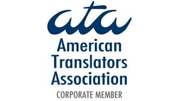





What is the UN French Language Day? On 20 March, we once again celebrate UN French Language Day, a global celebration of linguistic diversity and cultural exchange. Created by the United Nations in 2010, this day is to remind us …


© 2025 All Rights Reserved